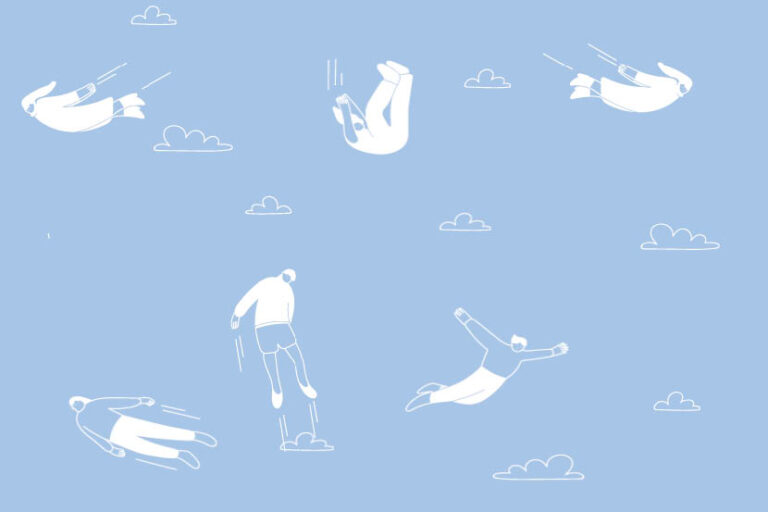
It’s the trend that came and never went; but why do so many love to colour in?
Remember those afternoons spent colouring in as a child? It’s likely all you had to worry about was trying to stay in the lines, so it’s little wonder the adult colouring books that began popping up a few years ago are still with us today. The last decade has seen a colouring-book boom. They cover every topic, from secret gardens and underwater kingdoms to adult humour and film franchises. There’s a colouring book for everyone.
Since their surge in popularity, scientists have been exploring their effectiveness. One study conducted in New Zealand at the University of Otago found that as little as 10 minutes of colouring a day could be beneficial to an adult’s mental health. It concluded that colouring could be a useful self-help practice, much like cooking or gardening, and it joins a list of creative activities that people use to maintain wellbeing. But what is it about colouring in that we’re particularly fond of?
t’s the recreation of this childlike state that makes colouring such a worthy endeavour to calm ourselves as adults. ‘One only has to observe a child with a bunch of pens and a colouring book to see how the brain is engaged by this activity,’ says Alfred. ‘There is a synchronisation between hand and brain that creates a fully immersed yet relaxed focus. Some refer to this as the “flow state”.’ This seems to equate to good things for mental health. ‘Regular engagement in activities like colouring result in lower stress levels, which means potentially lower blood pressure and better sleep,’ says Alfred. Studies have shown the heart rate can slow when colouring, which is exactly what’s needed for relaxation.
‘There is a synchronisation between hand and brain that creates a fully immersed yet relaxed focus.
Meditate while you create
For many who don’t work in such roles, the opportunity to be creative might have been left behind long ago. Colouring books can bring it back – and they do it without the pressure that comes with a blank page. You don’t have to be a great artist and you don’t have to draw an image from scratch. Sitting down with a colouring book provides a chance to create rather than consume, a way to unplug from the outside world and a means to get a kick out of producing your own work. Adult life is often chaotic. Many people practise mindfulness to combat the clamour, but for those who find it difficult, colouring can be a great tool to reach that present state of being.
According to Alfred, colouring is ‘a form of meditation, it centres a restless mind. It’s said to relax the area of the brain – the amygdala – responsible for emotions such as fear, and therefore reduces anxiety and tension.’ The amygdala is also in charge of the fight-or-flight response. When active, it puts people into a heightened state of panic and anxiety, which can be exhausting and make meditation almost impossible.
Those were the days
When adult colouring books first started to appear, their charm was wrapped up in nostalgia. Most of those who picked up markers, pencils, and pens were instantly taken back to childhood, transported to a place of joy – colouring with no agenda, creating for the sake of being creative and not thinking about the outcome. This can be a cathartic experience, says Alfred James, mindfulness coach, author and creator of the Pocket Mindfulness blog. ‘Why not just do something for the pure reward of doing it?’ he says. ‘Many of us enjoyed art and music as kids, even if we weren’t deemed to be talented.’ Many also stop freely exploring these subjects as adults, especially if they’re not vital to a chosen career.
As children, however, these creative fields are pursued without judgement or evaluation of where they might lead. Alfred explains that colouring in ‘brings the mind into the present, relieving us of thoughts of the past and fears of the future.’
And even though mindful meditation encourages no judgement or angst if the mind does wander, it can still be frustrating if all a person is trying to do is switch off. Colouring in can be a great means of concentration, a way to reach that present place and take the focus away from intrusive and negative thoughts.
In this way, our mind can be led into unexpected and imaginative places. You might still worry about staying in the lines, but there’s nothing or no one to say you have to.


















